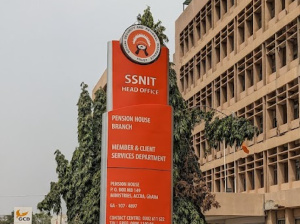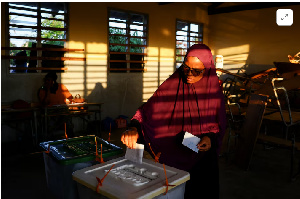- Abaare Reports
- Addi Kujay
- AfricaCNNnews
- Afriyie Kwaku Boachie
- AHAFO
- Alby News Ghana
- ASHANTI
- BONO EAST
- BRONG AHAFO
- Canard Afriq
- Cash In Trash
- CENTRAL
- Cherries
- Club Mate
- Courageous World
- Crest City News
- Current Affairs
- Daily Biz
- DailySpot
- Daniel Kaku
- Da Spicy News
- DC KWAME KWAKYE
- EASTERN
- EBI
- Facts Check
- Gabs Feed
- Ghana News Timeline
- Ghana News Update
- Godblessed1
- GREATER ACCRA
- Great Okocha
- Harry Graphic
- iNews
- Info News Ghana
- King B
- Kofipedia
- Lovely
- Managing GH
- Man Zekay
- Mart News Empire
- Maxkaytheblogger
- Mohammed Zakwan
- MyDailyNews
- Nana Kay News
- News Hub GH
- News Today
- News Zone 360
- Nine 9
- NORTH EAST
- NORTHERN
- ObuabaMedia
- OTI
- Priests News
- Royalnews360
- Sahara Writers
- SAVANNAH
- Simpsons Blog
- Skate News
- Smart News Ghana
- SpinnerWeb
- Teddytheblogger
- Ted News Ghana
- The news
- TheoNews
- Trending Now
- UPPER EAST
- UPPER WEST
- VOLTA
- Wadupgh
- Web Brief
- WESTERN
- WESTERN NORTH
Club Mate Blog of Monday, 21 November 2022
Source: Club Mate
What Happens When One Of Conjoined Twins Dies?

Conjoined twins are identical twins that were fused together at birth. Although they may share very little tissue, some twins may be born with the same organs and other bodily parts. There are several relationships between conjoined twins.
Conjoined twins that share a heart, for example, are unable to be medically separated. Separation surgery is a difficult procedure that calls for the participation of numerous medical doctors with varying degrees of skill.
Many conjoined twins share various tissues, circulatory networks, and brain systems as a result of the embryological defect. Typically, attempts to separate them during the first few hours after birth are unsuccessful. After the death of a twin, there are numerous conditions based on tissue, vascular, and organ sharing.
According to the Mayo Clinic, monozygotic twins, also referred to as identical twins, are created when a single fertilized egg divides into two, developing into two unique individuals. Eight to twelve days after conception, the layers of the embryo that will divide to form monozygotic twins start to grow into organs and structures that will be unique to each twin.
What happens if one of the conjoined twins passes away?
Whether from natural causes or an unintended catastrophe, the surviving twin usually follows in the footsteps of the deceased twin when one of the conjoined twins passes away. Conjoined twins can separate over a period of hours or even days, but once they do, the surviving twin has a short life span.
If one of the twins' heartbeats ceases, blood will still flow into the remaining twin. Before the loss, they would need to be in the hospital with a team of doctors on call because they would only have a few hours to perform surgery to save the surviving twin. Even if the living twin could be saved, separation procedures would take at least ten hours to complete.
Sepsis, which causes organ failure and inflammation, develops when the sickness of the deceased sibling overpowers the system of the living twin. Twins who are united together are quite rare. They are organized into groups according on the bodily portion to which they are connected. Usually, the chests of conjoined twins are connected.
Numerous infants are stillborn or die shortly after birth. Separation surgery, on the other hand, can occasionally be done successfully. Ultrasound is frequently used in the early stages of pregnancy to detect conjoined twins.
Entertainment










